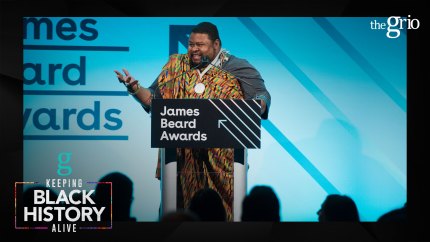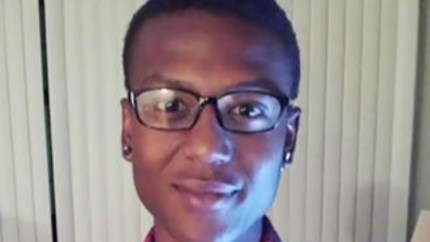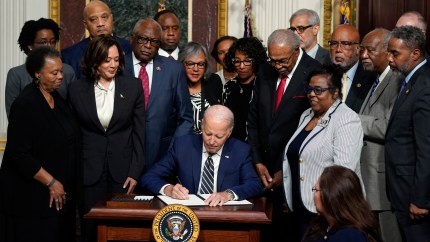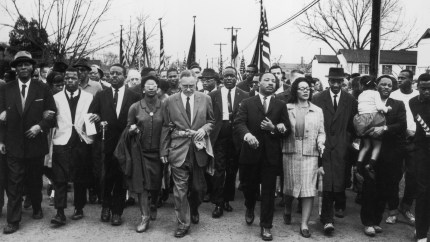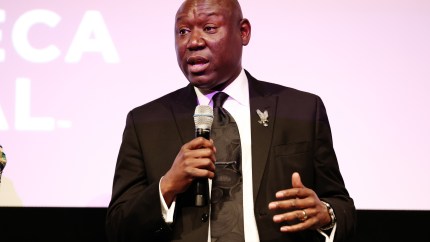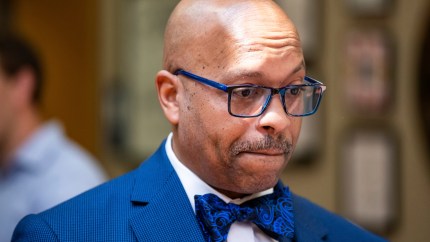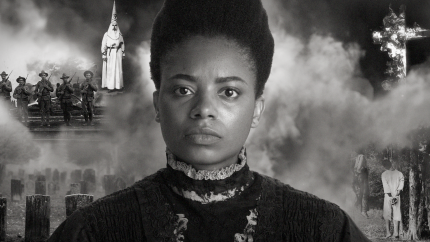City where Trayvon Martin was killed hopes to fix racial tension with storytelling, respect
Barbara Coleman-Foster, chair of the Florida city's Race, Equality, Equity and Inclusion Advisory Committee, said she views the project as an opportunity to "highlight all the rich history of Sanford."
The Florida city where George Zimmerman killed Trayvon Martin over a decade ago has unveiled a plan to address the racial tension that continues to plague Black communities.
Sanford’s Race, Equality, Equity and Inclusion Advisory Committee will organize strategies over the next year for the city to assist in sharing its history and, through storytelling, foster respect and acceptance, according to the Orlando Sentinel.
City commissioners received the draft plans for the project, called Pathways to Reconciliation, during a work session on Monday, launching an endeavor expected to take about two years that will involve researching and gathering firsthand oral histories, writings, and artwork from longtime residents.
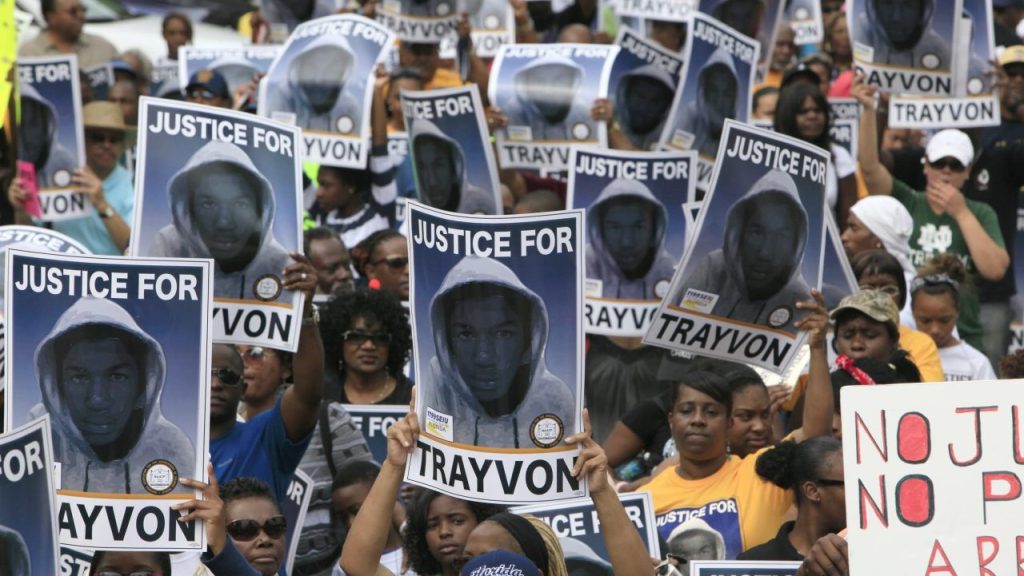
“It’s the early stages of developing an idea that came to us about a year or so ago,” said Barbara Coleman-Foster, the REEI committee chair. “The idea was to have something that lasted beyond a day, a week, a month. Something that was long term and essentially highlighted the contributions of particularly, at this point, the African-American community.”
Coleman-Foster said she saw the initiative as a chance to “highlight all the rich history of Sanford,” pointing out that people often overlook how the past shaped the city’s current state.
REEI will dedicate time until the summer of 2025 for research, budget planning, fundraising, and project design to be ready for execution in the fall of 2025. Plans for an expansion and an assessment will follow in the fall of 2026.
Pathways to Reconciliation and the REEI committee follow an attempt to address the national outcry that followed the 2020 videotaped death of George Floyd at the hands of a Minneapolis police officer, as well as the 10-year anniversary of Trayvon Martin’s death in a Sanford neighborhood in 2012, which served as the impetus for the Black Lives Matter movement.
Recommended Stories
According to the Orlando Sentinel, the plan notes that authorities sought a more long-term method to focus on racial relations after requests were made to the city to paint a Black Lives Matter street mural in front of the Sanford Police Department.
The project will likely be entirely digital, with the creation of an online repository for written works, photos, oral histories, and directions for self-guided walking tours of historic locations. Coleman-Foster said the online directory will facilitate collaborations with organizations such as the Sanford Museum, the Goldsboro Museum, and other institutions already collecting history; it can also direct tourists and locals to various exhibits.
Still, people who have dedicated their lives to protecting Black communities claim that racial equity starts with recognizing over a century of injustices against Sanford’s Black population.
Pasha Baker, director and CEO of the West Side Community Historical Association in Goldsboro – which Sanford forcefully annexed despite residents’ protests in the early 1900s – called for a plan of action that would “start from the root cause 100+ years ago” to address racial tensions.
She expressed hope that the REEI committee will delve even further into the past than what happened to Floyd and Martin.
“The city of Goldsboro, an all-Black incorporated city that had its own government, taxation system, and everything else around it, was stolen. But I didn’t read that in the (proposal) document,” noted Baker, the Orlando Sentinel reported. “You have me in the 2012 death of Trayvon Martin, but 100 years before that, Sanford stole a complete city and left it neglected. And you want to talk about race relations? You want to talk about furthering the community, and you never said sorry.”
Never miss a beat: Get our daily stories straight to your inbox with theGrio’s newsletter.
More About:News
